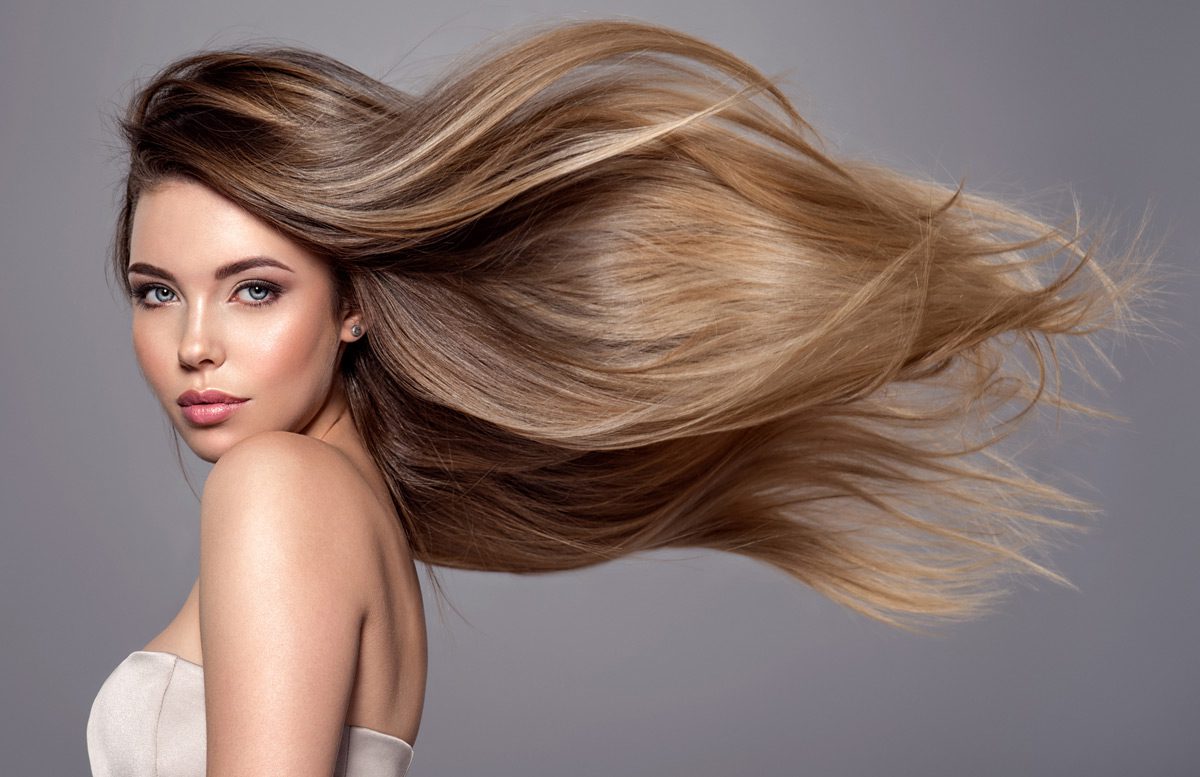Platelet-Rich Plasma (PRP) hair restoration has garnered attention as an innovative and minimally invasive treatment for individuals experiencing hair loss. This procedure involves the use of the patient’s own blood, which is processed to concentrate the platelets, rich in growth factors, and then injected into the scalp to stimulate hair follicles and encourage hair regrowth.

How PRP Hair Restoration Works
The fundamental principle behind PRP hair restoration lies in the regenerative properties of platelets. Platelets contain growth factors that play a crucial role in tissue repair and regeneration. When applied to the scalp, these growth factors are believed to promote the health and function of hair follicles, potentially slowing down hair loss and fostering the growth of new, thicker hair.
The PRP hair restoration process typically begins with the collection of a small amount of the patient’s blood. This blood is then processed using a centrifuge to separate the platelets from other blood components. The resulting PRP is a concentrated solution containing a higher than normal number of platelets. Once prepared, the PRP is carefully injected into specific areas of the scalp where hair loss is evident.

The Benefits of PRP Hair Restoration
One of the advantages of PRP hair restoration is its minimally invasive nature. The procedure is performed in an office setting and usually takes about 30 to 45 minutes, making it a convenient option for individuals with busy lifestyles. Patients can resume their regular activities immediately after the treatment, as there is minimal downtime associated with PRP hair restoration.
While individual responses may vary, some studies and anecdotal evidence suggest that PRP hair restoration may lead to improvements in hair density and thickness. The growth factors in PRP are thought to stimulate dormant hair follicles, promoting hair regrowth and potentially slowing down further hair loss. However, it’s essential to note that the effectiveness of PRP for hair loss varies among individuals, and results may not be guaranteed.
PRP hair restoration is often considered a complementary or alternative treatment for individuals experiencing hair loss who are looking for non-surgical options. It is not a one-time solution, and multiple sessions may be recommended to achieve optimal results. The frequency of treatments can vary depending on individual needs and the severity of hair loss.

Treatment Considerations
It’s important for individuals considering PRP hair restoration to consult with qualified healthcare providers experienced in this procedure. A thorough assessment of the extent of hair loss, underlying causes, and individual health factors helps determine if PRP is a suitable option. Additionally, discussing realistic expectations and potential outcomes with a healthcare provider can ensure that patients have a clear understanding of what to expect from the treatment.
Why Choose PRP Hair Restoration
PRP hair restoration has gained recognition as a minimally invasive and potentially effective option for individuals seeking to address hair loss. Leveraging the regenerative properties of platelets, PRP is believed to stimulate hair follicles and encourage hair regrowth. While results may vary, many individuals appreciate the convenience and minimal downtime associated with this procedure. As with any medical intervention, individuals considering PRP hair restoration should consult with qualified healthcare providers to determine if it is a suitable option for their specific needs and expectations.
Hair Growth
Long-Lasting
Precise Results
Confidence
